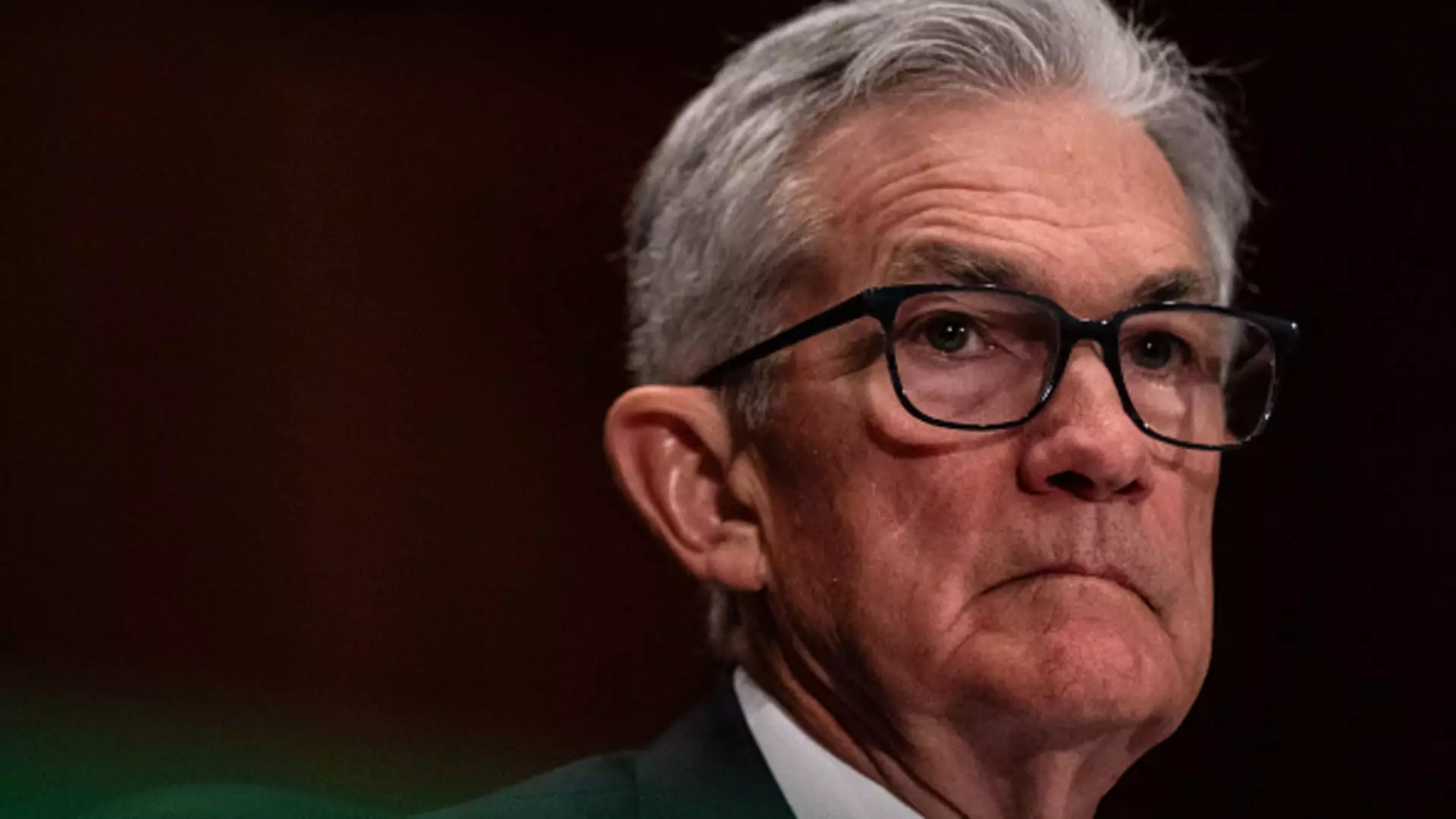The landscape for small and regional banks in the U.S. is becoming increasingly challenging. According to Christopher Wolfe, managing director at Fitch Ratings, many banks are at risk of failing or falling below their required capital levels. A recent analysis by Klaros Group revealed that 282 banks are particularly vulnerable due to their exposure to commercial real estate loans and potential losses from rising interest rates. These banks, mostly smaller lenders with assets under $10 billion, are feeling the strain.
Brian Graham, co-founder of Klaros Group, pointed out that while these banks may not be insolvent, the stress they are under can have ripple effects on communities and customers. The repercussions may not always manifest in the form of bank closures, but rather in the banks’ reluctance to invest in expanding services, technology, or personnel. This could limit access to financial services and hinder economic growth in local areas.
Individual customers of small banks may not immediately feel the impact of these institutions’ struggles. Sheila Bair, former chair of the U.S. Federal Deposit Insurance Corp., noted that as long as deposits are within the insured limits of $250,000, there is no direct risk to customers. However, the indirect consequences, such as limited access to new banking innovations or reduced investment in community development, can still affect individuals over time.
As the challenges facing small and regional banks continue to mount, it is crucial for stakeholders to monitor the situation closely. Measures to support these banks and mitigate risks should be considered to safeguard the stability of the financial system. Collaborative efforts between regulatory bodies, industry experts, and the banks themselves may be necessary to navigate through these turbulent times. By addressing the underlying issues and implementing strategic solutions, small and regional banks can work towards a more sustainable and resilient future.

